Kenjutsu - Japanese Swordsmanship
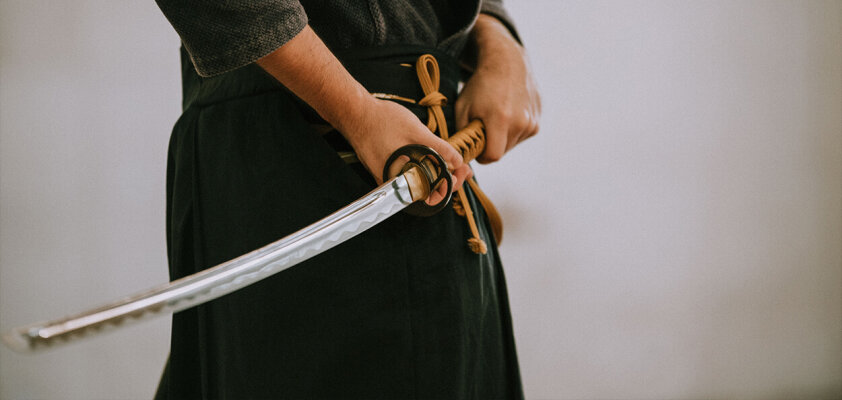
Kenjutsu refers to the historical art of Japanese swordsmanship. This term encompasses various techniques and styles that have developed in Japan over several centuries. The modern art of swordsmanship is now called Kendo or Iaido in Japan.
Originally, the feudal Samurai practiced this martial art. It includes not only techniques essential for warfare but also training methods and everything important for sword maintenance. For example, training methods have evolved where full-contact practice is done with a wooden sword (Bokken). Other forms use real weapons but practice without a partner as Kata or with elements like straw dummies or bundles of reeds. The goal of these sword exercises was always to defeat the opponent on the battlefield. Therefore, Japanese training also included aspects related to tactics and strategy, as well as surprise attacks. Additionally, the Samurai trained in inner martial arts and in the development of their character.
Historical Development of Kenjutsu
Training with the sword has a centuries-old tradition in Japan. Artifacts show that swords made of iron by Japanese blacksmiths were already crafted in the fourth century. The path to the highly esteemed Samurai swords of today involved frequent applications in combat, training, and a continuous improvement of manufacturing techniques. These beginnings of sword art in Japan were called Udundi. A significant development towards modern sword art took place until the 17th century.
Training with the sword has a centuries-old tradition in Japan. Artifacts show that swords made of iron by Japanese blacksmiths were already crafted in the fourth century. The path to the highly esteemed Samurai swords of today involved frequent applications in combat, training, and a continuous improvement of manufacturing techniques. These beginnings of sword art in Japan were called Udundi. A significant development towards modern sword art took place until the 17th century.
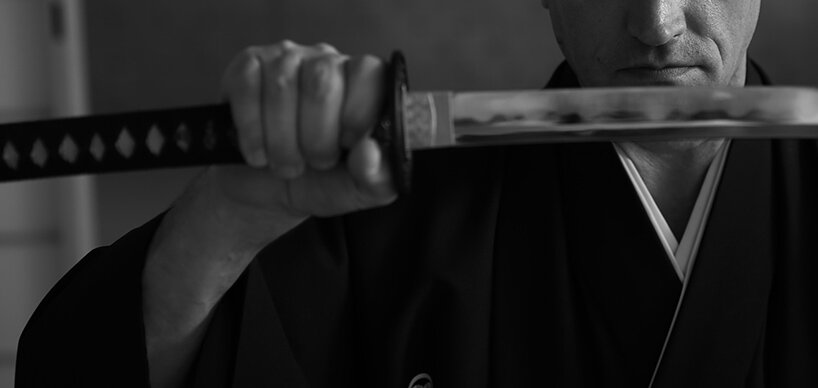
Significant Works from the Edo Period
An ancient manuscript from this era, authored by the Japanese monk Takuan Soho, describes the philosophy of Kenjutsu. The work, comprising three volumes, extensively details sword combat: Fudochishinmyoroku, Reiroshu, and Taiaki. In it, he describes this martial art as a training that requires an unbound mind. This means that fighters do not focus on a specific thing but remain highly attentive to everything happening in their surroundings. This is crucial, for example, in free combat and self-defense, which cannot be practiced according to fixed rules.
Also from the 17th century (1632) is the writing of the Japanese swordmaster Yagyu Munenori. In his book "Heiho kaden sho" (The Way of the Samurai), he presents the doctrine of the two swords, referring to the deadly sword and the life-giving sword. For him, the goal of the sword art Kenjutsu is not primarily to kill the opponent but to avoid the fight or stand in a way that the opponent can be spared. The book contains instructions from his school for sword fighting and for maintaining a composed attitude in combat.
The most famous swordsman in historical Japan is considered to be Miyamoto Musashi. His book on swordsmanship, "Gorin no Sho" (The Book of Five Rings), was published in 1645. It explains, among other things, the techniques of Kenjutsu and outlines the mental attitude of purity, vigilance, and spontaneity in sword combat. He believes that there are no fixed rules in real sword fighting because the situation can change at any moment. All actions must be decided and executed spontaneously based on these changes.
Prohibition of the Samurai
During the Meiji Restoration in 1868, the status of the Samurai and, consequently, the carrying of a sword was prohibited. While the traditional art of swordsmithing did not entirely fade into obscurity, there are fewer and fewer masters who understand and practice this craft. Generally, it can be said that the Japanese art of Kenjutsu, the skill of sword fighting, still commands great respect today. It is cultivated as modern swordsmanship in numerous martial arts styles, including the well-known styles of Kendo and Iaido. The prohibition of the Samurai and their weapons led to the resurgence of unarmed martial arts, known today as Judo, Jiu Jitsu, or Aikido.
Kendo Style - Preserving the Traditions of Kenjutsu
The modern art of swordsmanship known as Kendo does not merely focus on practicing sword techniques. Rather, its primary goal is to harmonize body, mind, and sword. Achieving this requires a great deal of discipline. Mental exercises and meditations in the dojo, as well as during various daily activities, support this path. Today, the emphasis is less on succeeding in a real weapon-based combat and more on mental and spiritual development. The Kendo Federation emphasizes this in its rules, calling on practitioners of this Japanese martial art to shape body and mind, build character, and contribute to the development of culture, peace, and prosperity. Traditionally, Kendo utilizes the Shinai, a bamboo sword, for practice.
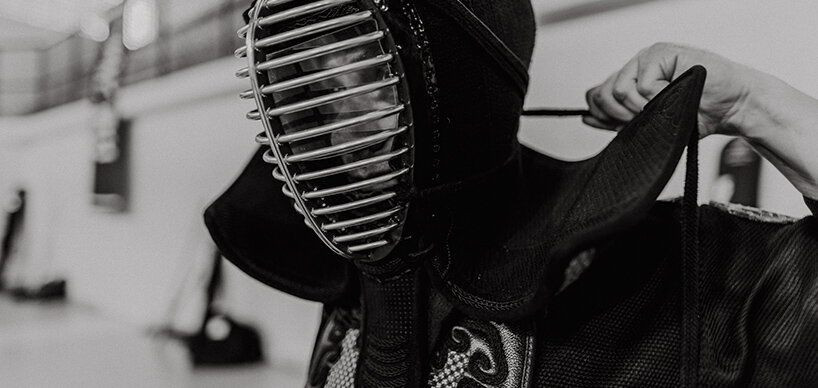
Iaido - The Way of Drawing the Sword
The Japanese martial art of Iaido is also known as the "Way of Drawing the Sword." In learning this martial art, the katana (a Japanese longsword) is drawn in a precisely prescribed form and used in an attack or defense associated with this movement. These forms, called Kata, are repeatedly performed by the practitioners and connected with mental exercises. They learn to completely exclude disturbing influences from thoughts or the environment. The entire focus is on the katana and learning various techniques for many different situations. Sensei and students learn these forms not so much for active combat but for improving skills such as mental relaxation, body control, and responsiveness. Initially, practice is done with a wooden sword or a replica. Only very experienced Iaidoka are allowed to handle a real and sharp-edged sword, the Shinken.
Influence of Kenjutsu on Other Martial Arts
The teachings of Japanese swordsmanship have had a significant influence on many other martial arts. Elements of these movements can be found, for example, in Aikido or Karate. After the official prohibition of carrying a sword, resourceful martial arts schools used a staff as a substitute for a sword. With this tool, individual exercises and partner exercises can be performed, closely resembling the elements of sword fighting.


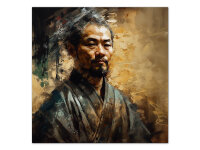
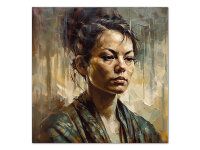
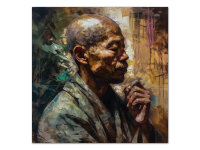
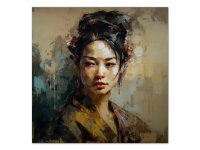










-from-the-yakiyaki-grill-pan.jpg)




